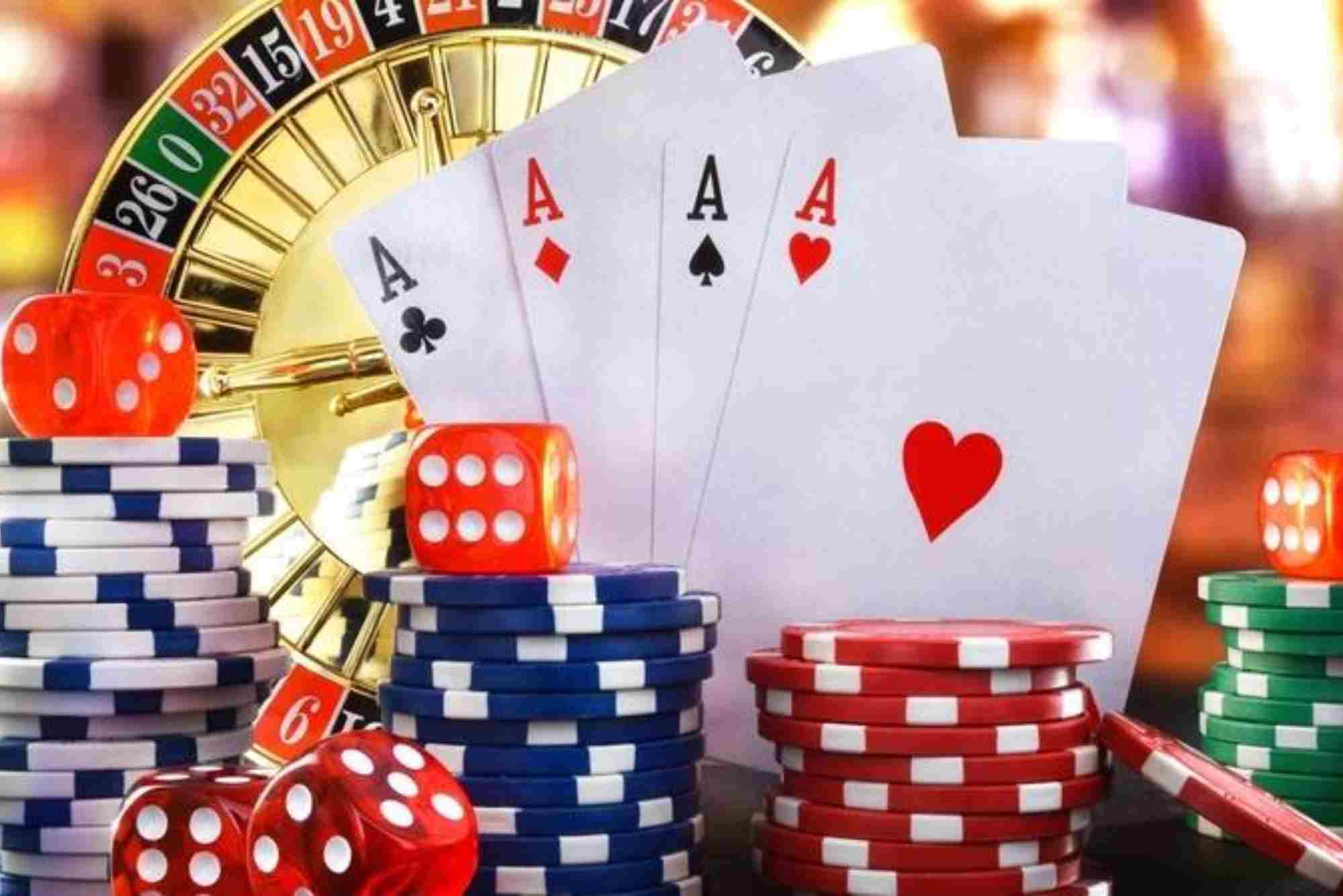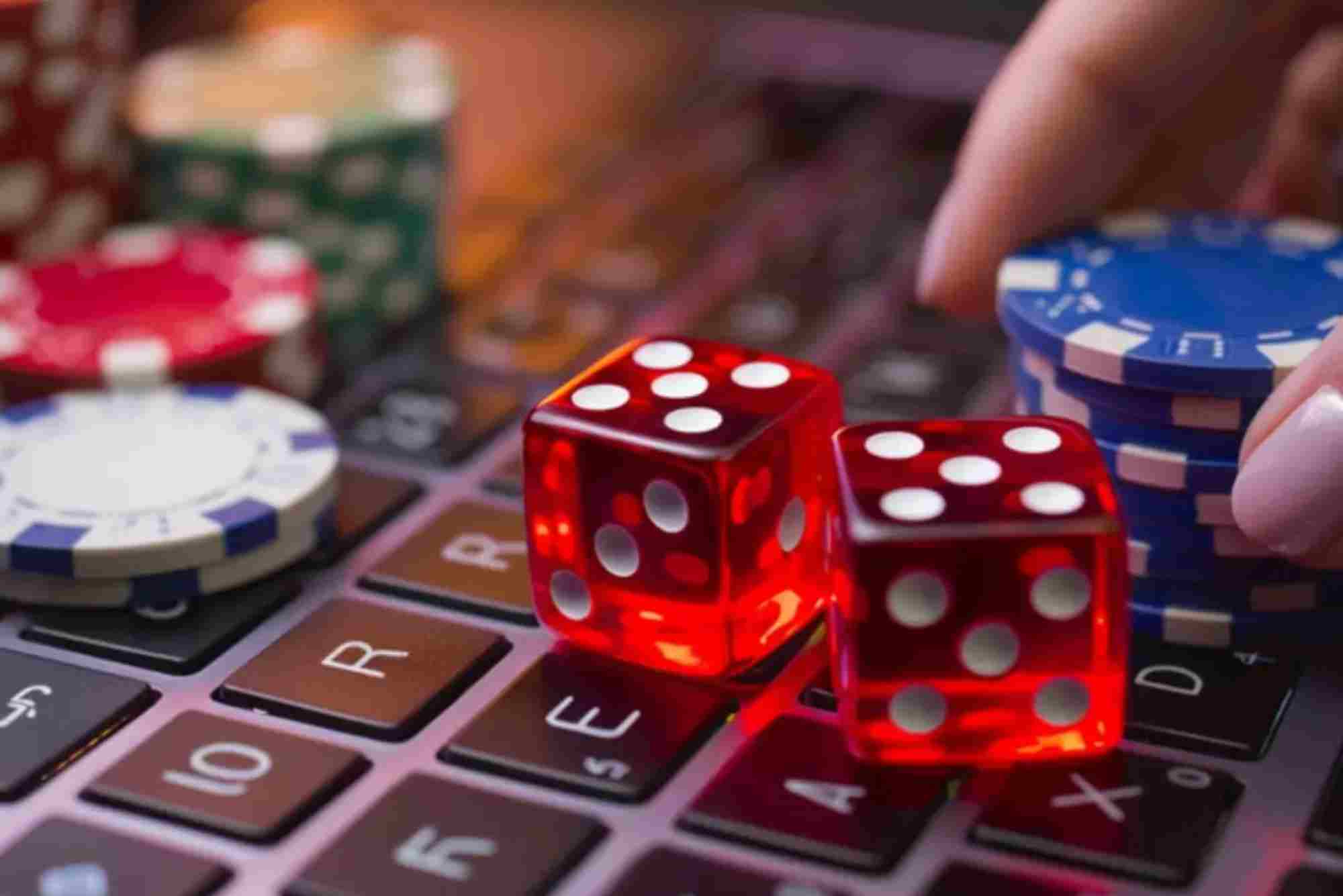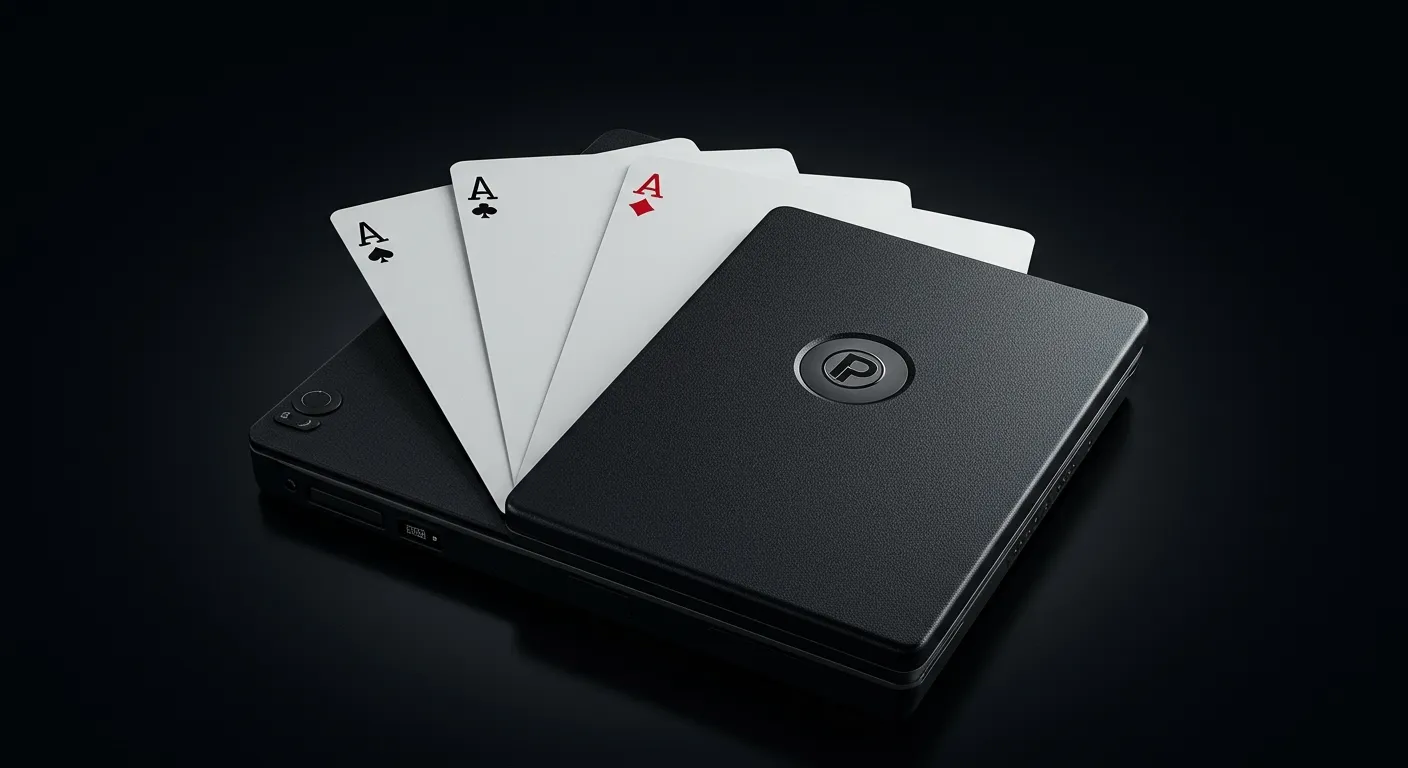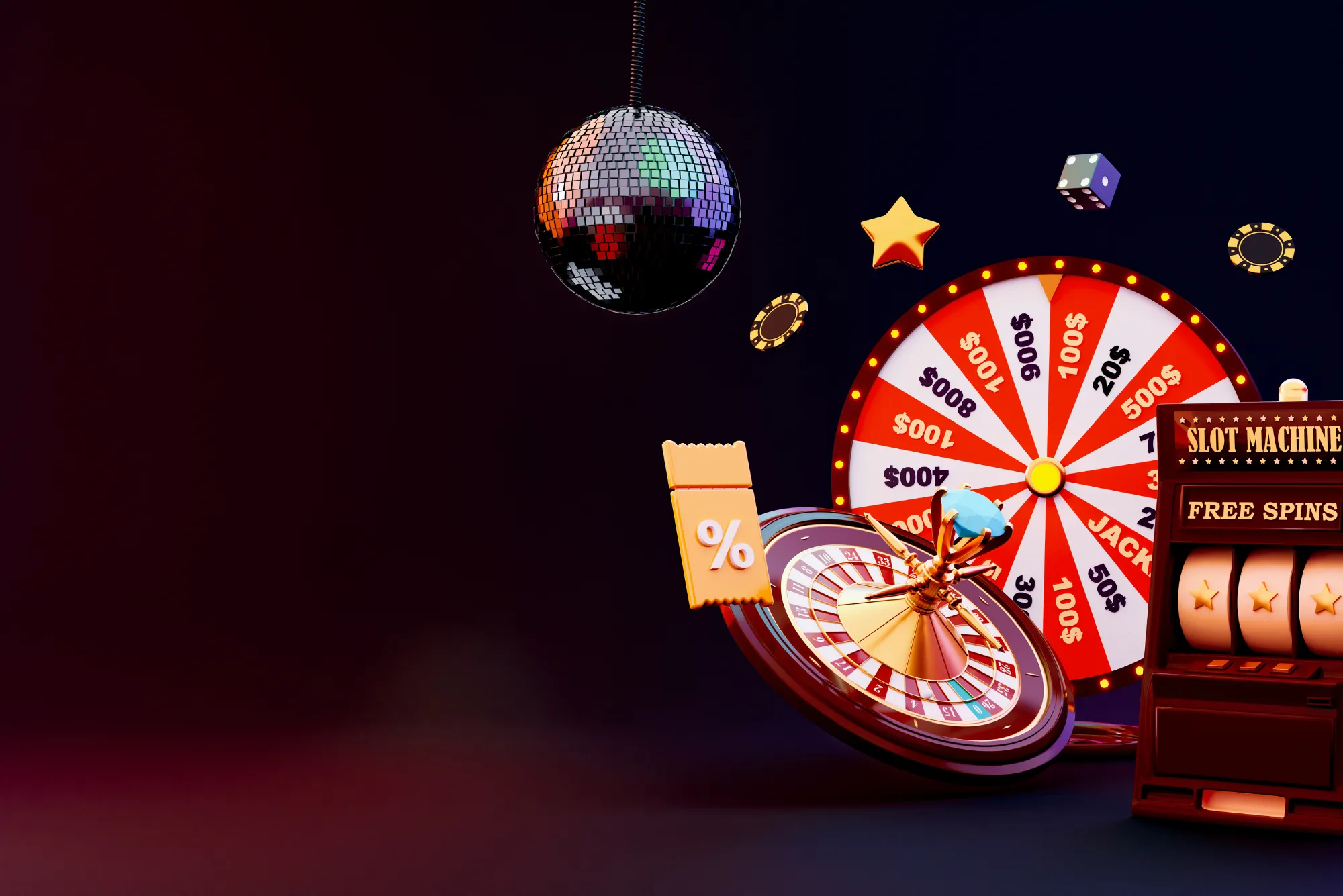If you’ve ever opened your inbox to “50 FREE SPINS – NO DEPOSIT!” and felt that itchy mix of curiosity and skepticism, you’re not alone. I’ve chased more of these offers than I’d like to admit, tracking every penny in and out to see whether the word “free” ever converts into actual, withdrawable cash. Sometimes it does. Often it doesn’t. The difference lies in the small print most players skim and the maths most players ignore.
Free spins are marketing sugar. Casinos use them to get you through the digital door, and they’re happy to comp a handful of spins if the expected value swings in their favour once wagering kicks in. But there is a window—however narrow—where you can grind out genuine value. The trick is understanding how those spins are structured and where your risk really starts.
Before we get tangled in wagering multipliers and RTP curves, let’s address a related hot topic that floods Reddit threads and Telegram groups: people hunting for bonuses at non GamStop casinos because mainstream UK-licensed sites have tightened promo rules. I’m not here to judge anyone’s choices, but I am here to remind you that the same maths and terms apply wherever you play. A “free” spin is only as profitable as the rules wrapped around it.
How Free Spins Actually Work (Not the PR Version)
Casinos pitch “X free spins on Book of Dead” or “20 spins worth £0.10 each on Big Bass Bonanza.” Sounds straightforward until you read the three paragraphs of T&Cs that redefine “free.” Most offers fall into a few mechanical buckets:
Wagering Requirements on Winnings
Your winnings from the spins become a bonus balance that must be wagered—say, 30x—before it turns into real money. Win £5? You need to bet £150. If the eligible games are all 96% RTP slots, the house expects to claw back the bulk of that £5 during the rollover. The trick is picking high-volatility slots that can spike a win during rollover, but that also increases variance—you’ll bust more often.
Maximum Cashout Caps
Many sites cap the result of free-spin winnings. If the cap is £50 and you hit £300 during wagering, you still only see £50. That cap quietly chops the top off your potential upside, which is where your long-term profit would otherwise come from.
Game Restrictions and RTP Differences
Some “eligible” slots run at lower RTP versions online (yes, operators can toggle RTP frameworks in some jurisdictions). If you’re wagering on a 94% version instead of the publicised 96.5%, your expected loss rises sharply. Always check the game info panel before grinding.
Expiry Timers
Free spins and the subsequent wagering window often expire in 24–72 hours. If you don’t have time to grind sensibly, you’ll rush, make bad decisions, or let the offer lapse.
When Do Free Spins Become +EV (Expected Value)?
I’ve calculated EV on dozens of offers using slot RTP, spin value, wagering multiplier, and caps. A rare few came out positive. That’s usually because:
-
The wagering requirement was low (10x or less).
-
The max cashout was high or nonexistent.
-
The spin value was meaningful (£0.20–£0.50 each), not token pennies.
-
I could complete wagering on a high RTP/medium-volatility slot with steady bonus features.
Let me give a real-world style example (numbers simplified but true to life):
-
40 free spins at £0.20 each on a 96% RTP slot. The average return from the spins is £8 (40 × £0.20 × 0.96).
-
Winnings become bonus money with a 15x wagering requirement (£120 turnover).
-
You choose a 97% RTP slot for wagering (yes, a few exist) with balanced volatility.
-
Expected loss during wagering is £120 × (1 – 0.97) = £3.60.
-
EV: £8 – £3.60 = £4.40.
That’s theoretical profit if the cap doesn’t hurt you and you don’t tilt. In practice, variance can swing; you could bust or you might cash £40. Over a large sample, though, EV lands near that calculation—assuming the maths is honest.
The Psychology: Why “Free” Trips Us Up
Casinos know behavioural economics. Free spins push dopamine buttons because you’re “playing with house money.” Once you’ve seen reels animate and coins splash, you’re primed to deposit to “unlock the rest” or “finish wagering properly.” My personal safeguard is simple: before I claim, I pre-write a one-sentence rule for that offer (“Withdraw or walk at £50 profit” or “Quit if I bust during wagering—no top-up”). If I have to top up to finish wagering, the EV usually flips negative unless the requirement is tiny.
Sunk Cost Fallacy and Chase Mode
You’ll get halfway through wagering, down to pennies, and feel compelled to reload “just to complete.” That’s the trap. Remember, the promo is a separate project. Treat it like a limited experiment, not a lifestyle.
Strategy Tweaks That Actually Matter
I avoid hard lists here, but a few habits have saved me real money:
Play the allowed game with the highest RTP you can find once you’re past the initial spin stage. Don’t just mash the slot they gave the spins on if you’re free to change.
Favour medium to high volatility during the spin stage (since the winnings are capped by your spin count, not your bankroll), then consider lower volatility during wagering if caps and time limits are strict. Switching volatility profiles to match the stage can slightly nudge EV.
Always check the cap first. A £50 cap on a £0.10 spin offer is fine. A £10 cap is pointless unless you’re just doing it for entertainment.
What About Free Spins at non GamStop Casinos (Unlinked Mention)?
The appeal is obvious: fewer restrictions, bigger bonuses. The catch is always verification, payout reliability, and dispute resolution. If you’re playing outside the UKGC umbrella, you trade away that regulator’s complaint channels. Free spins can still be profitable, but you need to double down on due diligence—read player forums, test a small withdrawal first, and keep meticulous screenshots. The maths doesn’t change, but the risk profile does.
The Math Behind the Marketing: A Quick EV Framework
To sanity-check any spin deal, I use a back-of-the-envelope formula:
-
Base Value of Spins = Number of spins × spin value × RTP of the assigned slot.
-
Post-Spin Wagering Cost = (Base Value) × Wagering Multiple × (1 – RTP of wagering slot).
-
Adjust for Caps: If the theoretical average win exceeds the cap, truncate the upside in your calculation.
-
Final EV = Base Value – Post-Spin Wagering Cost (after caps).
If Final EV is negative, claim only for entertainment. If it’s close to zero, I might still take it if I’m already playing that day. If it’s meaningfully positive, I log it as a “pro” promo and execute with discipline.
Bankroll Management: Tiny Numbers, Big Discipline
Free-spin hunts are death by a thousand cuts if you don’t track. I’ve had months where I claimed 15 offers and ended up £38 ahead. Was it “worth it”? Depends on your perspective. I treat it like couponing: small, low-effort edges that add up over time. But if you start punting extra deposits to “finish the job,” you’ll hand back the coupon savings tenfold.
I keep a simple spreadsheet: date, site, spins value, wagering, cap, theoretical EV, actual result, cashout time. Over six months, patterns emerge. Some brands consistently pay same-day and offer sane terms; others look good on email but hide poison pills in the T&Cs.
Red Flags That Kill Profit Potential
If a free spin offer checks more than one of these boxes, I skip:
-
Wagering over 35x on spin winnings.
-
Max cashout under 4× the total theoretical spin value.
-
Only one or two low-RTP slots allowed for wagering.
-
“Sticky” bonus terms where your real cash is locked behind bonus funds.
-
Mandatory deposit after the spins to release winnings (that’s just a deposit bonus in disguise).
The Future of “Free”: Are Promos Getting Worse?
Regulators pushed operators to be clearer, so casinos responded with “no wagering” spins where winnings are real cash—but at lower spin value and tiny counts. I actually like these more; there’s no head math, just a small chance at a small win. Meanwhile, in less regulated markets you’ll see bigger, wilder offers with 60x wagering attached. The spectrum is widening: crystal-clear but modest vs. juicy but murky. Know yourself. If the thrill of decoding terms is part of the game for you, go explore. If not, stick to simple, no-wagering freebies and move on.
So, Do Free Spins Lead to Real Profits?
Yes—if you approach them like a mini investment with clear expected value, strict rules, and zero emotional leakage. Most players bleed value in the rollover, chase losses, or ignore caps until their monster win gets chopped. The casino counts on that. Flip the script: read, calculate, decide, execute, stop. Treat every offer as a closed loop, not an invitation to hang around.
I still claim plenty of free spins, but they’re part of a broader bankroll plan, not the core of it. The real profit isn’t just the £20 or £50 you withdraw—it’s the discipline muscle you build. That pays off when you sit down for a serious session, promo or not.








